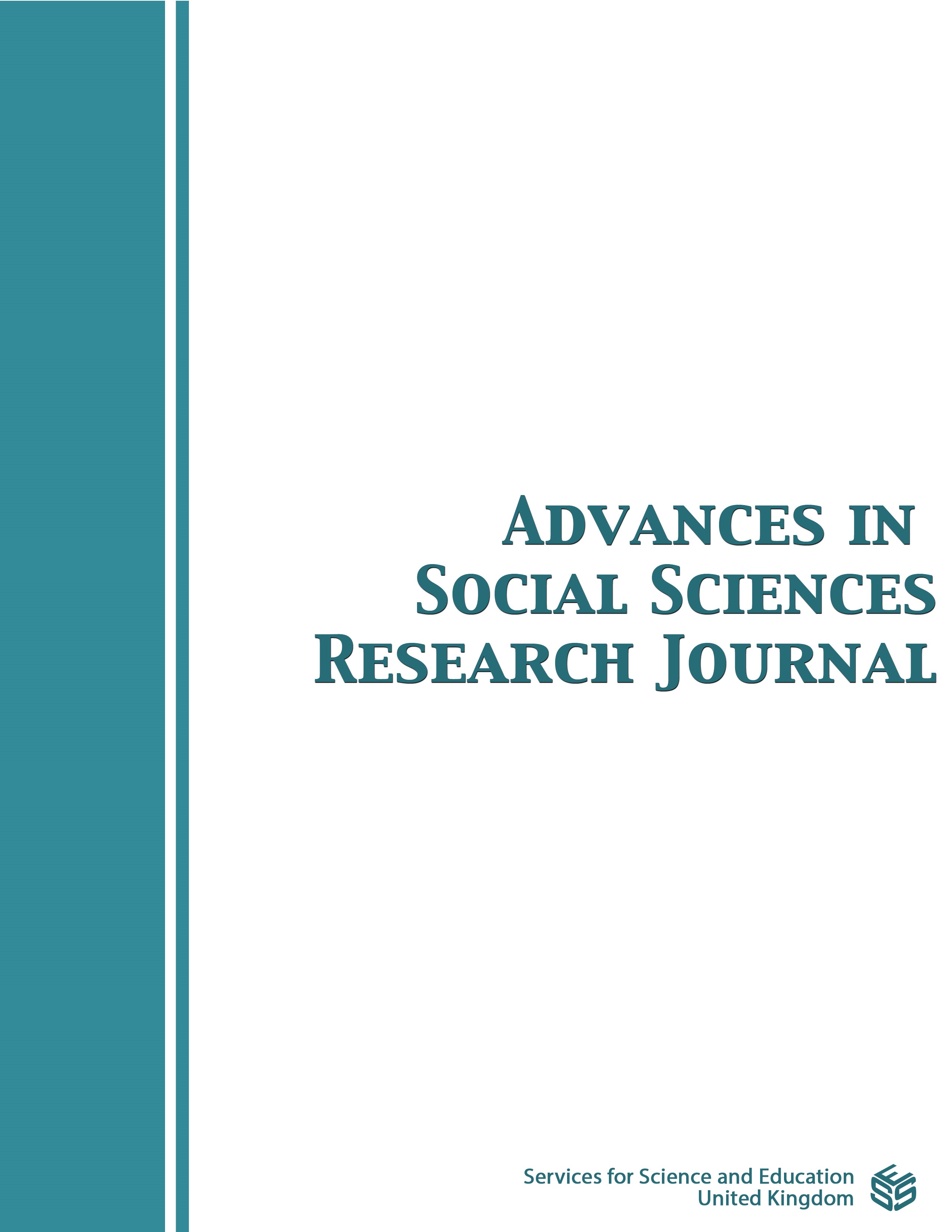Humanization in Educational Environments; Aspects Necessary for Living in School Today
DOI:
https://doi.org/10.14738/assrj.91.11561Keywords:
Person, integrity, humanization, education, technologiesAbstract
While it is true, quality has always been measured through statistics and percentages, often forgetting the training of the whole person.
Now, when we talk about issues such as humanism and education supported by technology, we can fall into extremes: it is common to label technology as the provider of all the evils of today's civilization; or the opposite assumption; to argue that incorporating technologies into education would be the panacea for all the problems it faces and finally, to assume that the subject of the humanities is more typical of actions and attitudes of the past than as a current need, giving vitality to any educational process. However, and fortunately for the educational community, today there are global efforts to make the educational task a human action that minimizes inequities and the abysmal differences that exist in countries like ours. Fernando Reimers says: “Equal educational opportunities must be the priority objective of educational policies, the aim of education must be to contribute to creating just societies. This requires improving the learning environments of the poor, but not only along the paths that have been started over the last decade. This aspect pointed out by Reimers is precisely the central aspect that all educational action must contemplate, the educational policies that are implemented in our country must guarantee, above all, the construction of a just and egalitarian society, strengthening the cultural wealth that we have, with respect to to the diversity of people, their past, their present and especially their future.
Downloads
Published
How to Cite
Issue
Section
License
Copyright (c) 2022 José Manuel Salum Tomé

This work is licensed under a Creative Commons Attribution 4.0 International License.
Authors wishing to include figures, tables, or text passages that have already been published elsewhere are required to obtain permission from the copyright owner(s) for both the print and online format and to include evidence that such permission has been granted when submitting their papers. Any material received without such evidence will be assumed to originate from the authors.






